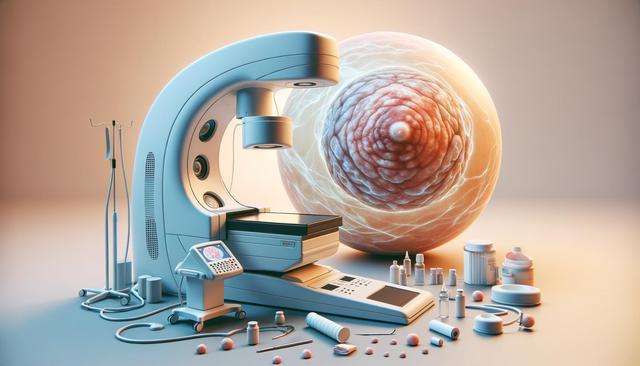When to Start Regular Mammogram Screenings
Deciding when to start regular mammogram screenings is an important conversation to have with your healthcare provider. Generally, many experts recommend beginning routine screenings around age 40 to 50, depending on individual risk factors. Women with a family history of breast cancer or genetic predispositions may be advised to start earlier. It is essential to assess personal health history, genetics, and lifestyle factors when making this decision. Regular screenings can significantly improve the chances of detecting breast changes at an early, more treatable stage. Staying informed about the recommended guidelines and discussing them with your doctor ensures a personalized approach to your breast health journey.
How Mammograms Detect Early Signs of Breast Changes
Understanding how mammograms detect early signs of breast changes can help reduce anxiety about the process. A mammogram is a specialized X-ray designed to highlight abnormalities within breast tissue. These images can reveal small tumors that cannot be felt during a physical exam and even detect tiny calcium deposits that sometimes signal the presence of breast cancer. The technology used in mammography has advanced significantly, offering clearer images with lower doses of radiation. Early detection through mammograms offers a greater range of treatment options and better outcomes. Regular screenings are a key part of proactive health management, offering peace of mind and empowering individuals to take control of their well-being.
What to Expect During a Routine Breast Exam
Knowing what to expect during a routine breast exam can make the experience less intimidating. A routine mammogram typically involves the following steps:
- Checking in at the diagnostic imaging center
- Changing into a gown and removing jewelry or clothing from the waist up
- Positioning the breast on the mammogram machine’s platform
- Applying gentle compression to obtain clear images
- Taking two standard images of each breast, from top to bottom and side to side
The entire process usually takes about 20 minutes. Some women may experience brief discomfort during compression, but it is necessary to get high-quality images. Technicians are trained to make the experience as comfortable as possible. After the exam, a radiologist will review the images, and results are typically shared within a few days. Understanding the process helps individuals feel more at ease and promotes regular participation in breast health screening services.
Choosing Diagnostic Imaging Centers for Women
Selecting the right diagnostic imaging centers for women is an important part of ensuring a positive screening experience. Factors to consider when choosing a center include:
- Accreditation by recognized medical organizations
- Experienced, board-certified radiologists and technicians
- Availability of advanced imaging technologies
- Comfortable, private facilities designed specifically for women’s needs
- Clear communication regarding procedures and follow-up care
Many centers offer additional services such as breast ultrasounds or MRIs when further imaging is needed. Some facilities also provide same-day results to reduce anxiety. Taking the time to choose a reputable center helps ensure high-quality care and a more supportive experience during each step of the screening process.
Benefits of Personalized Mammogram Care Programs
Personalized mammogram care programs are becoming increasingly popular as healthcare providers recognize the value of individualized screening strategies. These programs tailor screening schedules, imaging techniques, and follow-up plans based on each person’s unique risk profile. Some benefits of personalized care programs include:
- Customized screening intervals based on personal and family history
- Access to genetic counseling for those with inherited risk factors
- Use of advanced imaging for dense breast tissue
- Personalized education about breast health and preventive measures
By aligning screening practices with individual needs, personalized mammogram care programs enhance early detection efforts and provide a more compassionate approach to healthcare. These programs empower women to play an active role in their breast health, ensuring that they receive the attention and care they deserve at every stage of life.
Conclusion: Prioritizing Your Breast Health Through Regular Screenings
Maintaining breast health is a lifelong commitment, and mammogram screenings play a crucial role in this journey. By understanding when to start regular mammogram screenings, learning how mammograms detect early signs of breast changes, and knowing what to expect during a routine breast exam, women can approach screenings with confidence. Choosing reputable diagnostic imaging centers for women and exploring personalized mammogram care programs further enhances the screening experience. Prioritizing regular screenings is a proactive step toward early detection and peace of mind, supporting overall health and well-being for years to come.




Leave a Reply